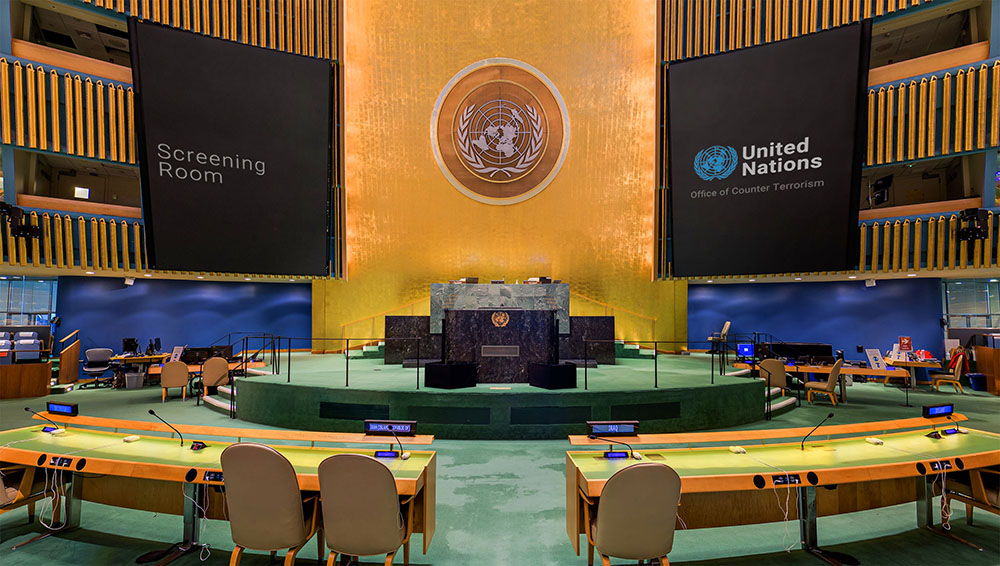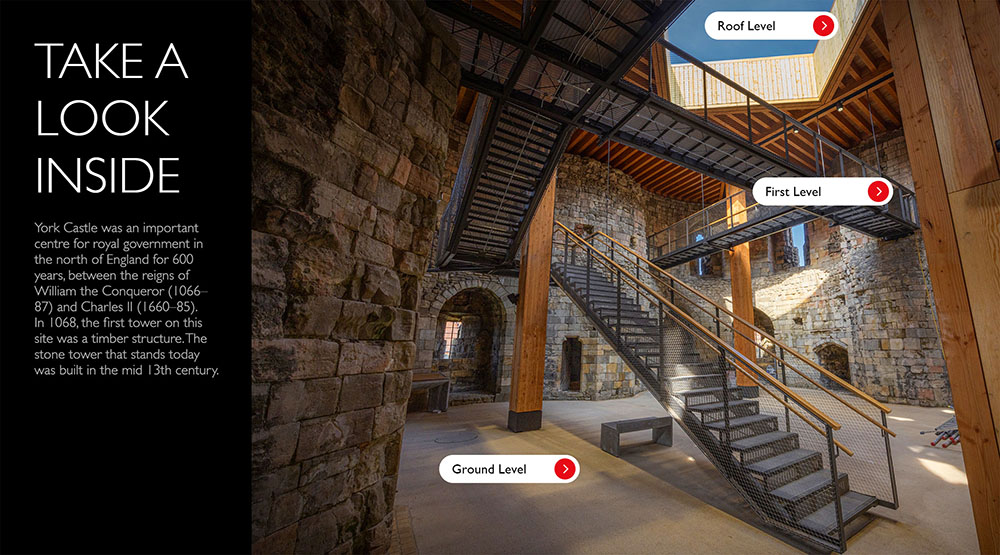Here's what you need to know
Virtual tourism is a relatively new concept that has emerged in recent years. It refers to the use of technology to provide individuals with a virtual experience of a tourist destination, without the need for physical travel. Virtual-based tourism is an excellent way for people to explore different parts of the world, learn about new cultures, and experience unique environments, all from the comfort of their homes.


Examples
Examples of virtual tourism experiences include virtual reality tours of landmarks, museums, and natural wonders, 360-degree videos of destinations, and online classes or workshops that teach about local cuisine or traditional crafts. There are also virtual reality games that simulate travel experiences, such as backpacking or road tripping across different countries. Take a look as some virtual tourism examples we’ve created here at Circus:
Advantages
One significant advantage of virtual-based tourism is that it allows people to travel to places that they may not have been able to visit otherwise. For example, someone with mobility issues may find it challenging to travel to a remote national park, but with this new tech, they can still experience the beauty of the park through a virtual reality tour. Additionally, virtually created tourism can be more affordable than physical travel, making it accessible to a broader range of people.
Tourism businesses can leverage virtual reality technology to provide unique and immersive experiences for their customers. For example, hotels can offer virtual reality tours of their rooms and amenities, allowing potential customers to “walk through” the property before making a reservation. Travel agencies can use virtual reality to showcase different destinations, providing customers with a better sense of what they can expect from their trip.
Education
Virtual reality can also be used to create interactive experiences that educate visitors about local culture and history. For example, a museum could use virtual reality to bring historical artifacts to life, or a tour company could offer a virtual reality tour that explores the cultural significance of a particular location.
Increase ROI
By using virtual reality technology, tourism businesses can increase their revenue and ROI. Virtual reality experiences can be marketed to a broader audience, including those who may not have been interested in physical travel. Additionally, tourism experiences via virtual means can be sold as add-ons to existing travel packages, providing an additional source of revenue for travel companies.
Conclusion
In conclusion, virtual tourism provides an exciting opportunity for people to explore different parts of the world from the comfort of their homes. It is an excellent tool for tourism businesses to attract new customers, increase revenue, and provide unique and immersive experiences for their clients. With the continued development of virtual reality technology, the possibilities for virtual-based tourism experiences are endless.